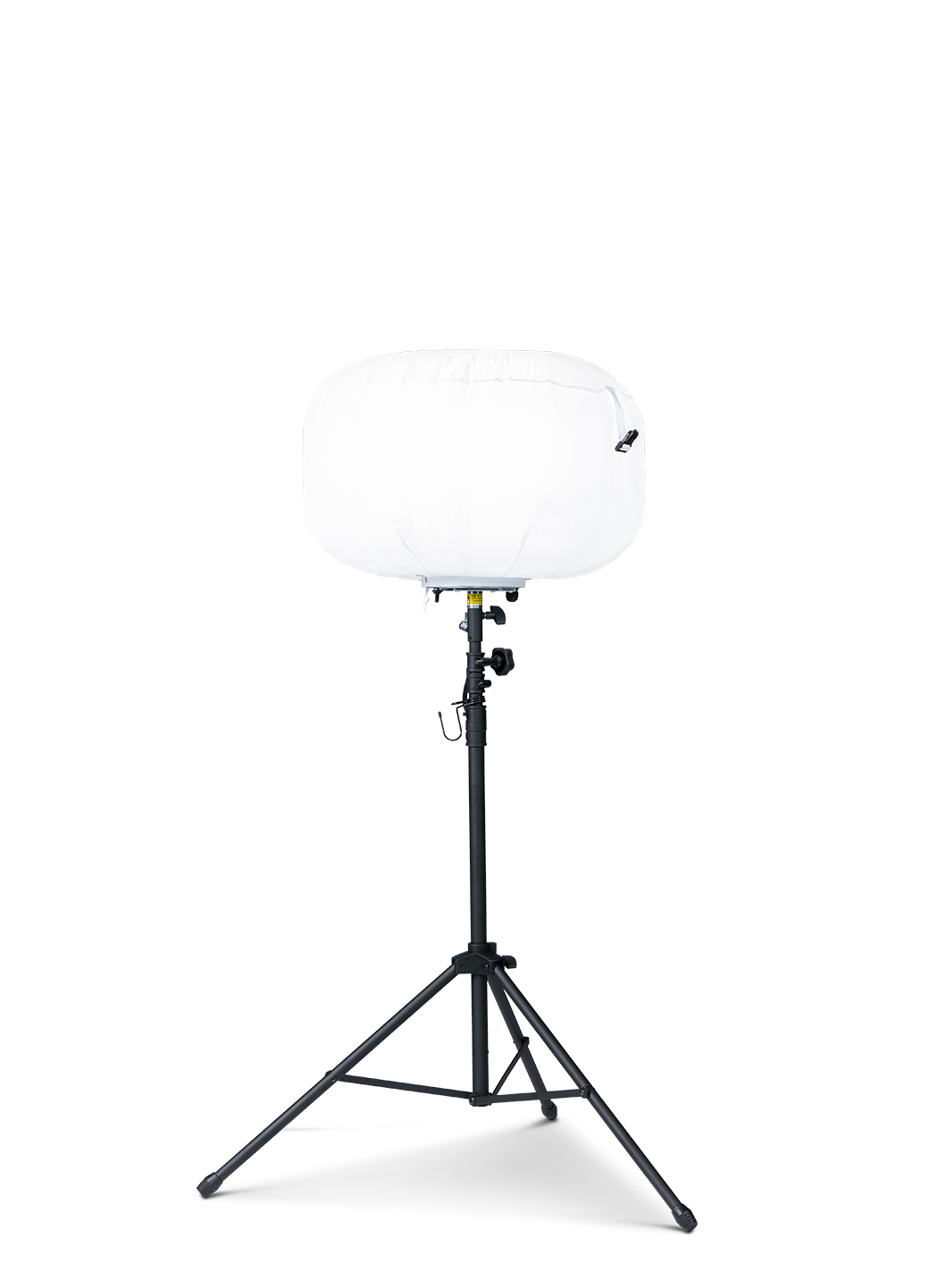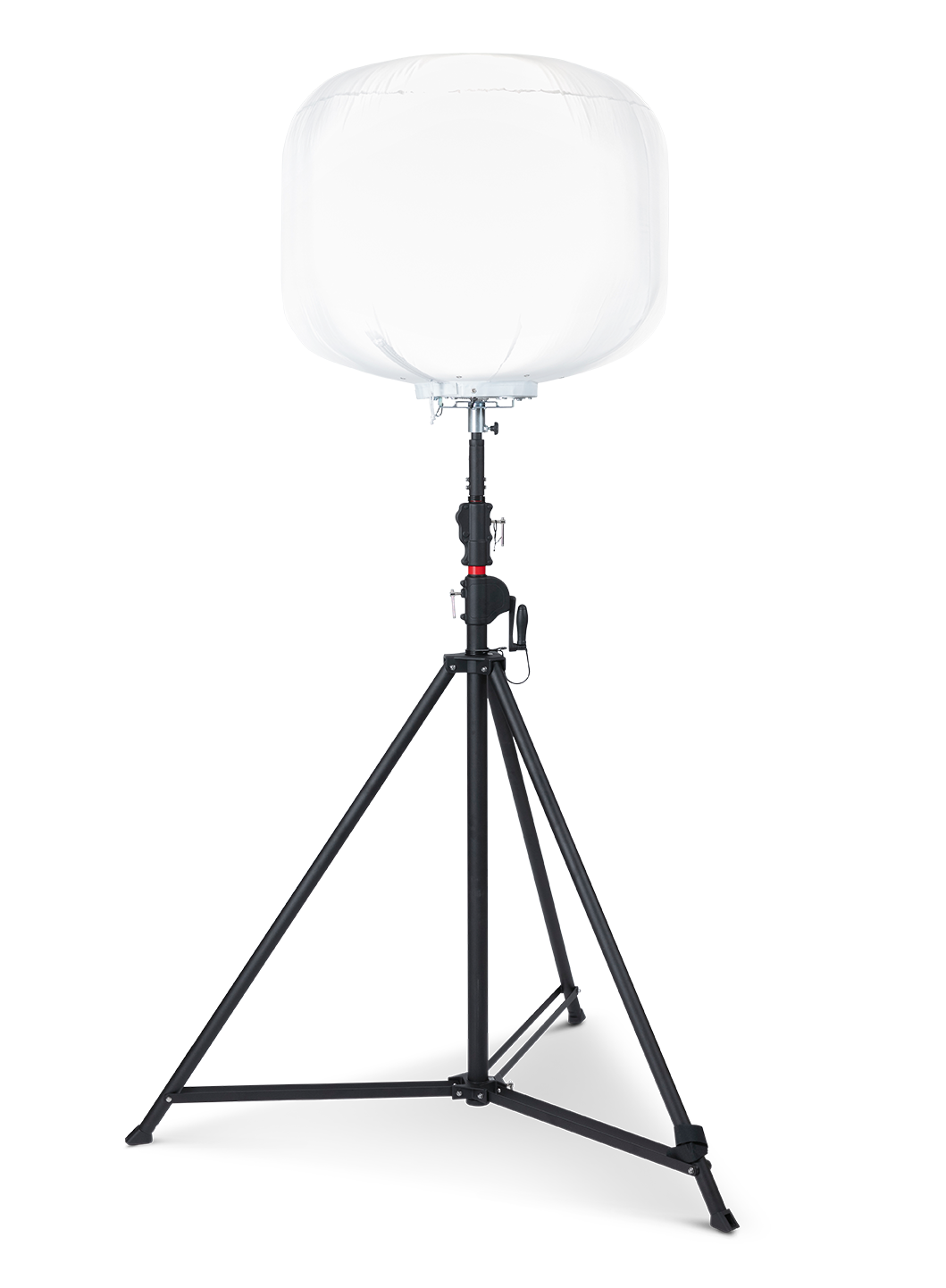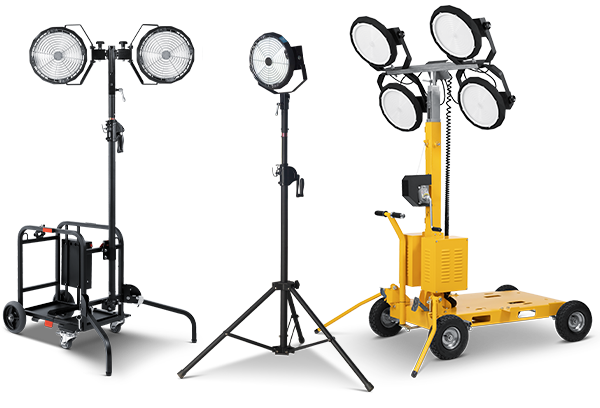Portable LED Lights for Outside: Brighten Your Outdoor Experience
Looking for reliable portable lights for outside that will provide bright and efficient lighting for your construction site or camping trip? Look no further than our top-of-the-line products!
Our portable lights for outside are designed to be highly portable, making them easy to take with you wherever you go. They are durable, energy-efficient, and adjustable, allowing you to customize the lighting angle and height to suit your needs.
Whether you need lighting for a construction site, camping trip, or outdoor event, our portable lights for outside are the perfect solution. With their powerful LED lighting panels, you can enjoy bright and consistent lighting that will make your outdoor experience safer and more enjoyable.
At our company, we are committed to providing our customers with the highest quality products and services. We offer a wide range of portable lights for outside that are designed to meet the unique needs of both construction businesses and outdoor enthusiasts. Contact us today to learn more about our products and how they can help you get the job done right or make your camping experience more enjoyable.
What type of light is best for outdoors?
The best type of lighting, outdoors and in, is LED. LED lights use far less energy than incandescent or even halogen bulbs, so you can leave them on for long periods without heavily impacting the electric bill.
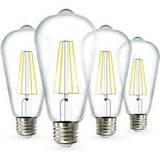
How many watts should an outside light be?
The best wattage for outdoor lights is 40 watts and lower. Up to 40 watts is ideal for lighting pathways, garden beds, and other landscape areas. 40 to 80 watts are great for brightening areas like driveways, smaller yards, and the inside of your home. It may be best to use them sparingly if you put them outdoors.
How many lumens do I need for outdoor lighting?
The best range of lumens for outdoor lighting is 12 to 1,300 lumens. How many lumens you need for outdoor landscape lighting is between 50 and 700. The amount of brightness most people want changes based on location.
What color lights are best for outside?
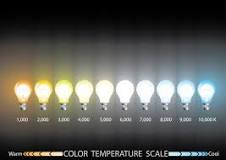
Warm white lighting: Warm white lighting choices are popular as they create an inviting, intimate atmosphere for spending time outdoors with friends and family.
Are LED lights good for outdoor use?
LEDs are the best choice for outdoor lighting for many reasons. Outdoor LED lighting benefits include:
- Brighter light: LEDs are a brighter white than traditional halide street lamps, helping better illuminate streets, sidewalks and parking lots.
- Longer life: LEDs, depending on their usage, can last up to 50,000 hours.
Can I leave LED lights on all night?
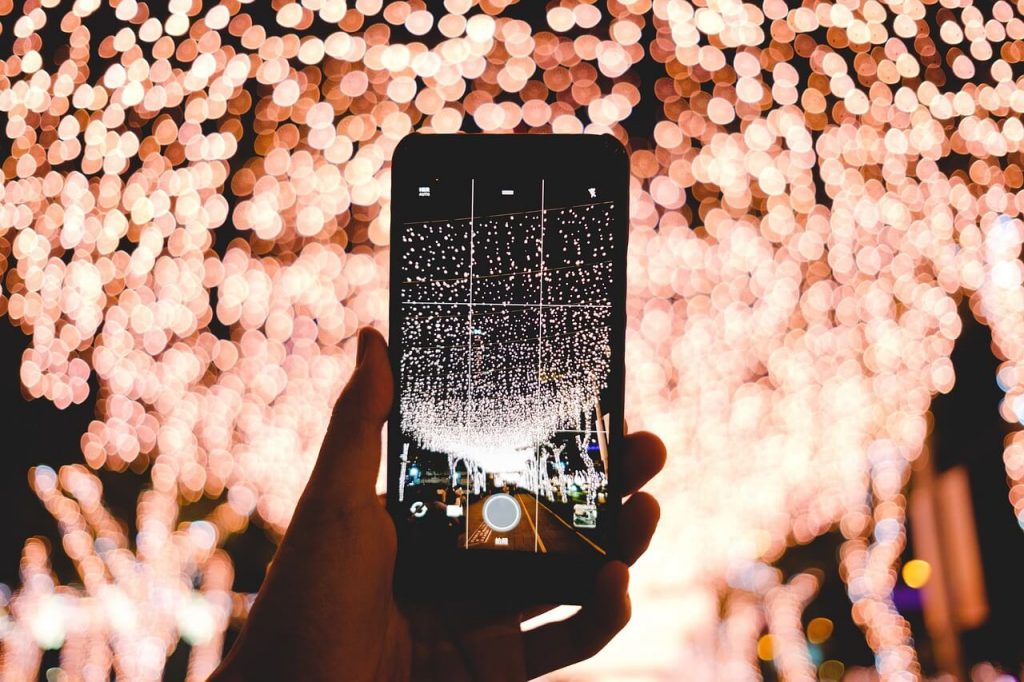
To put it simply, well-manufactured LED lights are extremely long-lasting and can be left on 24 hours, 7 days a week. This is because, unlike conventional types of light, LEDs produce minimal amounts of heat, which means they are unlikely to overheat or set on fire
Do LED lights use a lot of electricity?
Not only do LED’s consume less energy, but the bulbs also use energy more efficiently, which saves a lot of money. The Indiana University of Pennsylvania found that LED lights convert 80-90% of their energy into light, whereas incandescent bulbs only convert about 10-20% of their energy into light.
Are LED lights a fire hazard?
LED bulbs do not generate enough heat to start a fire. This is because they are designed to use almost all their power sources solely for light emission. Because one of the main reasons for a bulb to catch fire is overheating, LED lights are safer than incandescent lights are.
What is the lifespan of LEDs?
LED bulbs afford in the region of 50,000 hours of light, with some brands boasting as many as 100,000 hours. In general, terms, if you use your lights for 10 hours each day, LEDs should serve you well for just shy of 14 years. Even if you fork out for a top of the range bulb, LEDs still make an attractive investment.
What size should my outdoor lights be?
Divide the height of your front door by 1/3 and 1/4. Look for a light fixture that measures 1/3 to 1/4 the height of your front door. This will give you ample size so the light fixture won’t look diminutive or too big for your house.
Are LED lights good for outdoor use?
LEDs are the best choice for outdoor lighting for many reasons. Outdoor LED lighting benefits include: Brighter light: LEDs are a brighter white than traditional halide street lamps, helping better illuminate streets, sidewalks and parking lots. Longer life: LEDs, depending on their usage, can last up to 50,000 hours.
What should I look for in a camping light?
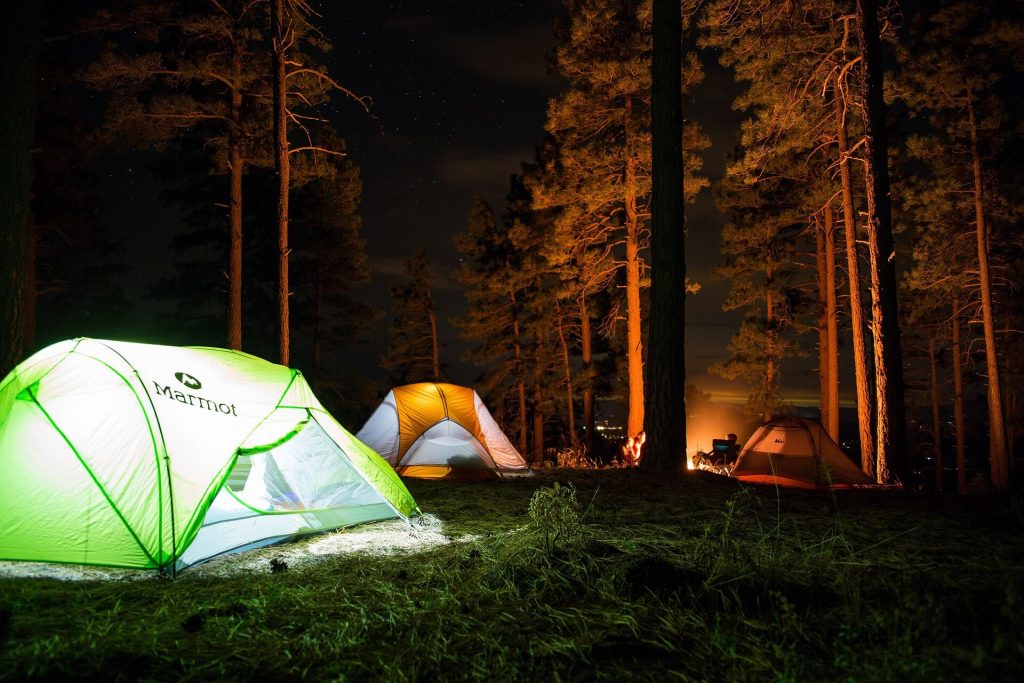
The brightness or lumens rating depends on the light type and bulb. Generally, the best outdoor camping light falls around 100 to 200 lumens per lantern. If you have a large group or area, you may want to maximise your lumen output or use more lanterns. Look for ones between 200 and 400 lumens for larger groups.
How bright is 1000 lumens?
Lumens is the unit measurement of brightness, with 1 lumen equalling the brightness of 1 candle, so 1000 lumens has the brightness of 1000 candles. 1000 Lumens is a very good level of light for LED, CFL or incandescent lighting. It’s suitable for recessed lighting, downlighting, up lighting and within pendants.
What should I look for in an outside light?
When selecting your exterior wall light always consider whether the outdoor space is sheltered or fully exposed to the elements. If the latter is the case then look for an outdoor wall light with a high IP rating for protection against harsh weather.
How many lumens does a portable light need?
The number of lumens you need for a good work light can range between 100 and 5,000. The exact amount of lumens you need for your work light depends on the size of your project, location, and the environment you are working in.
How many lumens is bright?
The brightness, or lumen levels, of the lights in your home may vary widely, so here’s a rule of thumb: To replace a 100 watt (W) incandescent bulb, look for a bulb that gives you about 1600 lumens. If you want something dimmer, go for fewer lumens; if you prefer brighter light, look for more lumens.
Is 5000 lumens too bright?
For example, in a small room, 5000 lumens will feel a lot brighter to the eyes than in a larger room double that size. While a room of 250 square feet will usually require 5000 lumens, it is important to note this is for general lighting and you may still need to add additional light around the room.
What is the difference between watts and lumens?
Lumen is the term used to describe the total amount of light emitted by a light source, while wattage merely indicates the amount of energy it uses. As lighting becomes more and more energy-efficient, the same number of lumens is being achieved with lower and lower wattages.
How many lumens do I need for outside?
Recommended Lumens for Specific Outdoor Needs.
Hardscape lights (on walls): 50-185 lumens. Landscape lights: 50-300 lumens. Path lights: 100-200 lumens. Landscape spotlights: 120 lumens.
When working on any project, you’ll need a lighting source to do the job efficiently, whether it’s candles (hello 1800’s), natural light (great for the daytime or outdoor jobs), or a lightbulb of some sort.
Obviously, in today’s society, candles are left for romance and lightbulbs are the most common source of illumination. But when it comes to figuring out what type of work light or how many lumens it needs, the answer isn’t always cut and dry.
The number of lumens you need for a good work light can range between 100 and 5,000. The exact amount of lumens you need for your work light depends on the size of your project, location, and the environment you are working in. If you are looking for a full garage lighting system, you will need to search out lights emitting 2000-10,000 lumens.
You may be thinking that it doesn’t matter what type of bulb you use for your workspace, but there are many factors at play – wattage, bulb type, heat, battery life or power source, the spread of light, and especially lumens.
Be warned, Lumens is also the area where non-branded, cheap, copy lights also fudge their numbers to make the sale. Lights claiming more lumens are available, but few on the market truly put out what they claim. Be sure you trust the brand you are buying from to ensure you get what you are paying for. With lights, just like most things in life, you get what you pay for.
The rest of this article will explain what lumens are and how they impact certain spaces, how to calculate how many you’ll need for your workspace, and the different lumen requirements for different types of spaces.
If you are interested in choosing engineering lights, you can check this article: Building Site Lights: Best Portable Outdoor Construction Lights




